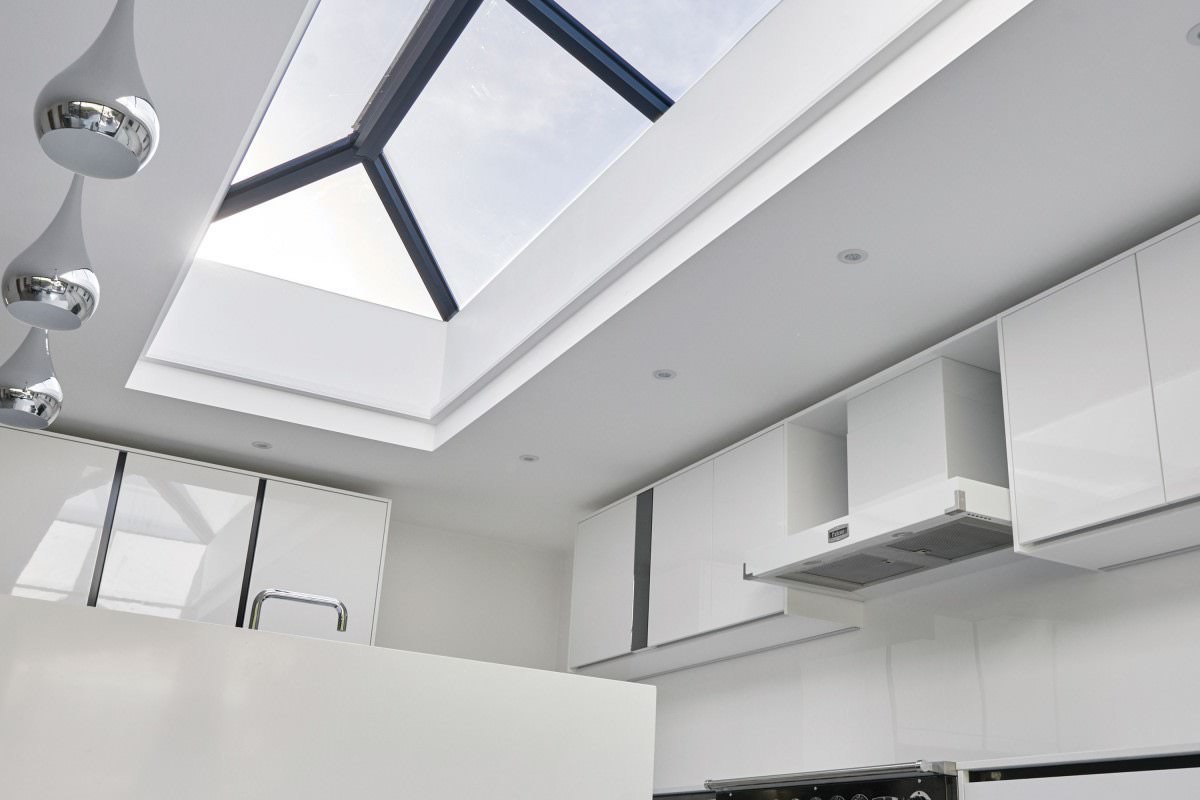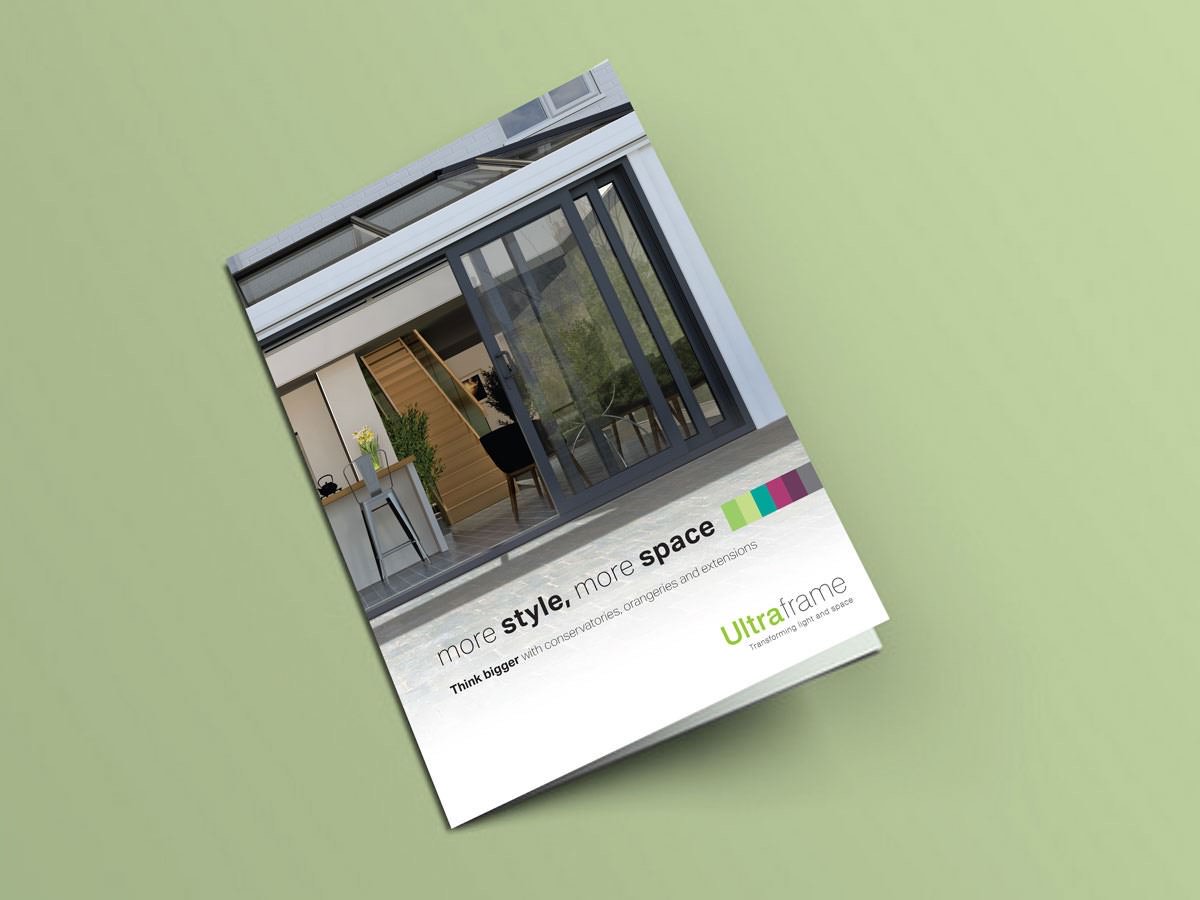Rules on Extensions to Houses: Your Essential Reading List
Do you fully understand the rules on extensions to houses? Many homeowners are unaware of the difference between planning permission and building regulations.
Do You Know How Building Regulations Work?
Getting building regulation approval for your planned construction is essential. This rule applies even if your extension is viewed as a permissible development by your local authority’s planning team.
Building Regulations cover a range of essential criteria; you’ll need to understand these rules on extensions to houses before instructing work to begin – else you could experience problems.
Areas of work that fall under Building Regulations include:
- Thermal efficiency
- Damp proofing
- Ventilation
- Fire safety
Rules on extensions to houses could apply in a range of scenarios. If your house extension is going to be used as a living area, lounge or kitchen, you’ll need Building Regulations approval.
In some cases, these rules could even apply to a conservatory or orangery – so it’s always advisable to check before proceeding with work by talking to your installer or a qualified expert. Our products have been designed to be compliant. For example, our Ultraroof was tested as an assembled structure by Warrington Fire in 2017 and achieved all necessary fire ratings.
The picture below shows our Ultraroof, which is fire safe and enables our customers to buy with complete peace of mind. This tiled conservatory roof can also feature full-length glazing or Velux windows, depending on requirements.

When Does Planning Permission Apply?
Planning permission may apply to your house extension design. Familiarising yourself with rules on extensions to houses under this legislation is, therefore, still important.
Your extension, orangery or conservatory plans must bear in mind the following rules:
- Your structure should not take up more than 50% of the land around your property. Factor in the sizes of outbuildings – like greenhouses or sheds – when making your calculations.
- Verandas or balconies are not permissible, so you’ll need to exclude these from your plans if you want your design to be compliant.
- Extending in front of your home or to the side is not allowed if your property faces onto a highway.
- A single storey extension cannot exceed a height of four metres
Other rules apply. Search for an approved Ultra Installer in your area if you want further information about rules on extensions to houses by visiting the planning section on your local authority’s website.
Our Livinroof only weighs 36kg/m², which means it will place less pressure on your frames and foundations. If you're replacing your existing system, this system is lighter than any other solid conservatory roof.

Do You Live in a Conservation Area?
If you do, then other rules on extensions to houses will apply. Existing planning permission rules may not apply – or work differently – if your home is located in a Conservation Area.
Also bear in mind that each local authority will use a different set of criteria when evaluating whether a structure is compliant. There is no ‘one-size-fits-all’ set of rules you can refer to.
Planning permission in a Conservation Area is concerned with preserving the appearance of the local area and, consequently, could cover the following eventualities:
- The addition of a Velux window or rooflight if fronting a highway
- Alterations to the height or shape of your extension’s roof
- The proposed inclusion of dormer windows
Our conservatory, orangery and extension roofs can be customised to suit their surroundings. The below image shows how our Classic roof ties in with the architectural appearance and schemes of the customer's property.

Rules on Extensions to Houses: FAQs
What is the Party Wall Act?
The Party Wall Act allows you to build your extension as far as – or even on – the boundary separating your property from your neighbour’s. When seeking help regarding rules on extensions to houses in a case like this, you’ll need to seek specialist advice.
Does a Conservatory Need to Meet Building Regulations?
Your conservatory will need to be separated from your property by way of high-quality connecting doors if you want it to meet building regulation requirements.
Thermally efficient glass – which is used in all our roof systems – blocks out most solar rays but stops heat escaping. This means your conservatory will be comfortable.
Where can I find information about rules on extensions to houses?
There’s an online planning portal that provides answers to commonly asked questions about rules on extension to houses. You can also download documents, make an application and upload documents using this site.
Find Out More About Rules on Extensions to Houses – Contact Your Nearest Ultra Installer
Use our search tool to find an approved Ultra Installer in your area. You can also use our VR tool to take a tour of our house extensions, conservatories and orangeries.
If you find a design that appeals to you, save the image to your Scrapbook so you can revisit it later and share it with others – whether you’re at home or on the move.





